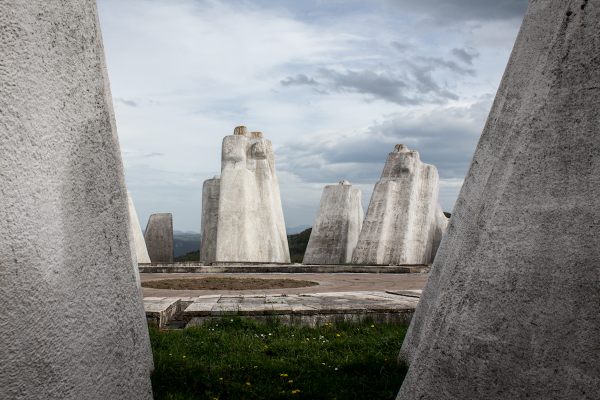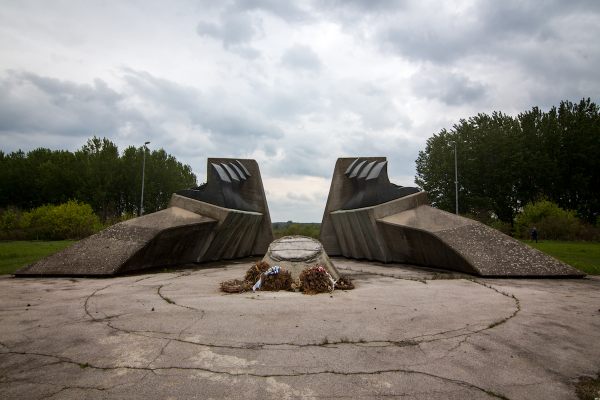About
In western Serbia, a pink and white stone complex sits on a mountaintop overlooking many miles of green valleys. But the soft pastel colours and scenic views of this sprawling memorial belie a history of struggle and sacrifice.
The city of Užice, in western Serbia, was the first region to win its independence from World War II-era Nazi occupation. In late 1941 partisans recaptured the city from the Germans, and declared the city and its surroundings the "Republic of Užice"—but it would be short lived.
In November 1941, a reinforcement of German troops was sent to reclaim the Užice region; they would succeed, too, though their advance was delayed dramatically by the sacrifice of the local Partisan Worker’s Battalion.
On November 29th, the partisan battalion threw themselves in the path of the advancing Germans, heading them off at Kadinjača Mountain. The Germans had a far superior force, and almost every member of the Worker’s Battalion died in that conflict. Their sacrifice, however, bought valuable time with which to evacuate civilians out of Užice before the Germans retook the city.
A decade later, a monument was built to commemorate the partisan struggle at Kadinjača Mountain, a white stone obelisk marked with the words "Heroes of Kadinjača.” Later though, as Yugoslavia entered a period of increased monument production, it was decided that the Kadinjača site was worthy of something greater.
The new monument did not replace the obelisk, but rather surround it, developing the mountaintop into an expansive memorial park. The idea for the new complex was formed in 1962, but it wasn’t until 1977 that construction of the Kadinjača Memorial Complex began, under designer Miodrag Živković and architect Aleksandar Đokić.
After a two-year construction process the monumental park was opened to the public in September 1979, in a ceremony attended by Yugoslav President Josip Broz Tito.
Today, the Kadinjača Memorial Complex is maintained to an excellent standard. Unlike many of its cousins, this monument is free from graffiti and vandalism, and it is still regularly visited by locals and foreigners alike.
Related Tags
Balkans Road Trip: Serbia, Croatia & Bosnia and Herzegovina
Traverse the beauty and history of the Balkans through locals' stories.
Book NowCommunity Contributors
Added By
Published
October 6, 2017


























